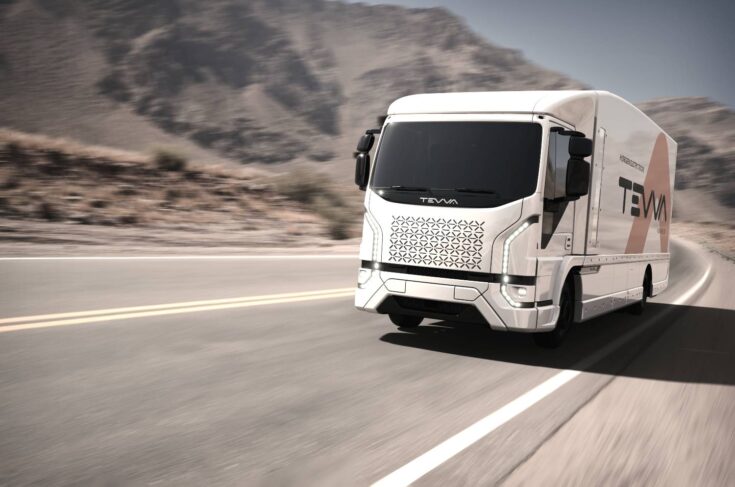Use Case 3 – Transport logistics between a main and satellite depot, followed by last-mile deliveries

A TEVVA truck operates in Southeast England, covering a mix of urban and rural areas within the London region. The use case is designed to handle a daily range of 200km, tackling diverse traffic conditions, weather and road infrastructure. The pilot aims to support customers daily operations, offering after-care and development support. It also addresses London’s emission zones for HDVs, by providing a clean and cost-effective alternative to current diesel trucks. Overnight AC charging analyses factors like electricity prices, power capacity and external constraints to create efficient charging plans that ensure each truck is fully charged for its next day’s route.
Objectives
| Demonstrate 200km range with upgraded battery, higher power and energy density cell chemistry. |
| Develop adaptive battery control strategy with over-the-air (OTA) software update and control capability for SoC management, preconditioning, and energy management. |
| Integrate adaptive powertrain control / eco-driving strategy development |
| 10% efficiency improvement: optimised battery thermal model, reduced thermal load on heating and cooling systems, waste heat recovery from HV/e-powertrain components |
| Switched reluctance traction motor; high efficiency across wider speed range compared to existing motor technology |
| Load capacity; not less than 90% of the current vehicle |
| Digital twin |
| Cloud-connected VCU to provide real-time vehicle-level data for validation and optimisation of digital twin model |
| Advanced fleet management tools; mission profiling, load management, charge management, vehicle diagnostics and battery prognostics capability via digital twin |
| Demonstration of fast charging concepts; DC charging capability |
Innovations
- Improved thermal management model
- Digital twin
-
Electric powertrain-based lightweight and modular platform that leads to payload increase compared to current ICE trucks and reduction of TCO.
- DC overnight charging infrastructure and strategy.
The Route
The vehicle will operate between the area highlighted below, in and around London. The Proposed route will include a split of urban and rural driving. The total daily route length will vary based on demand but will average 200km.


